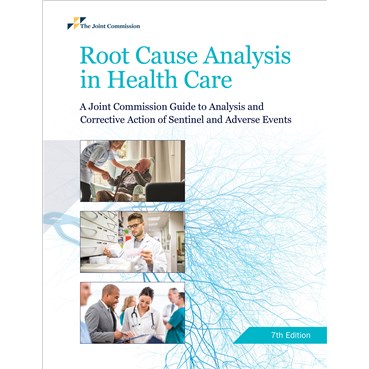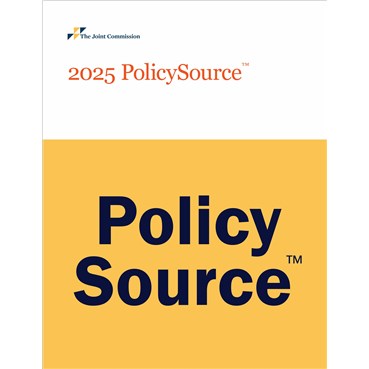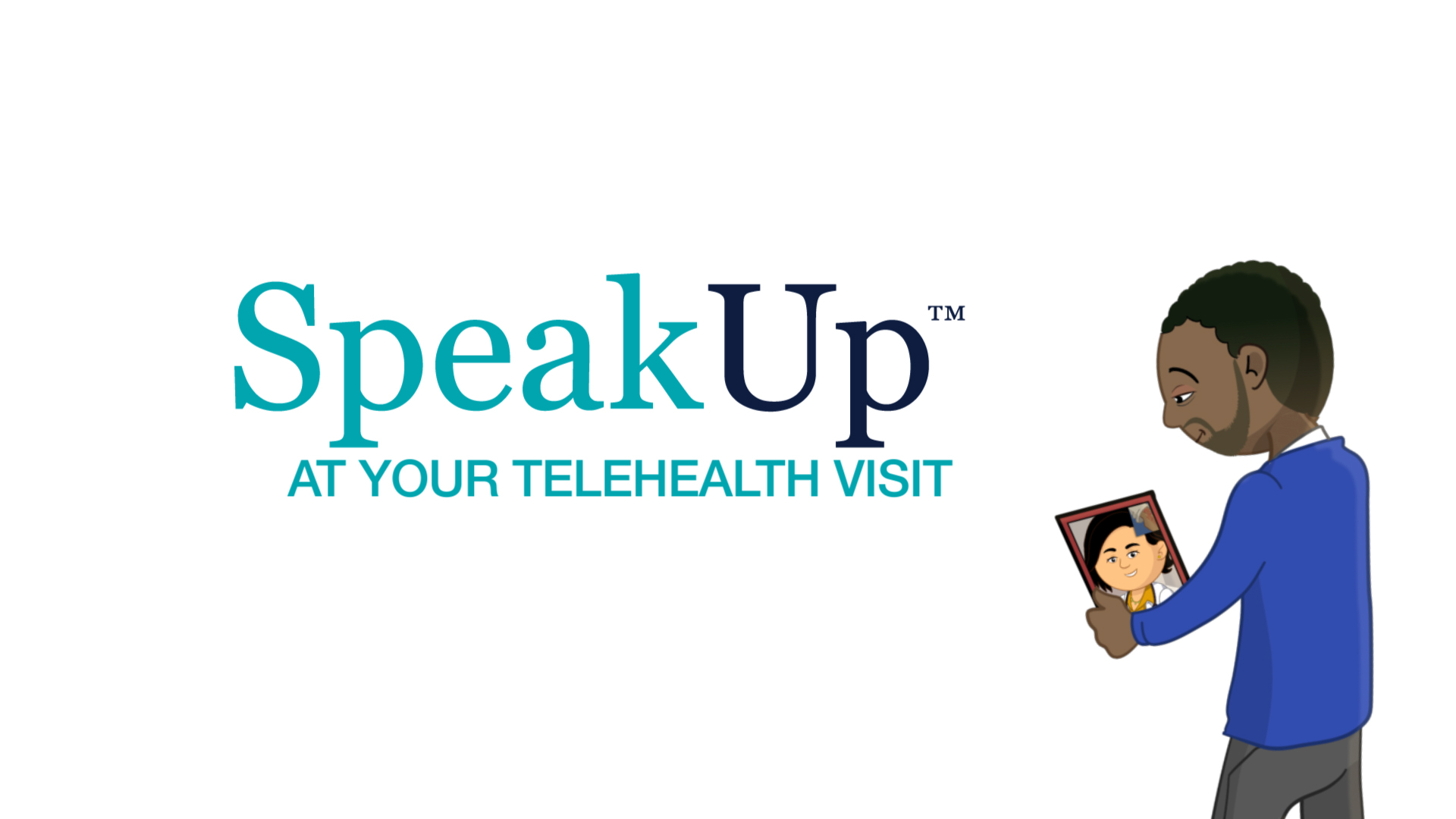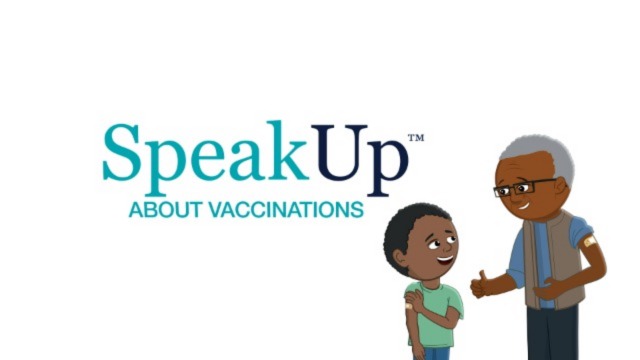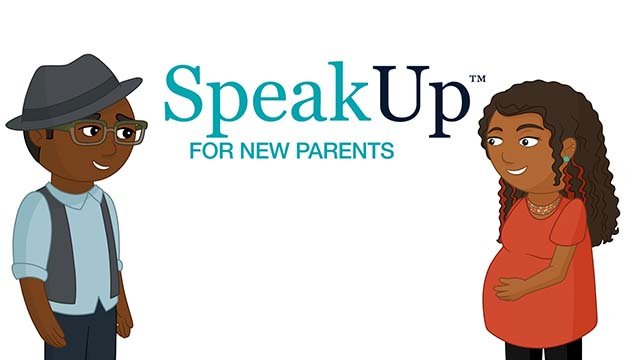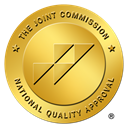After the Survey
The Post-Survey Process
Joint Commission surveys strive for transparency, and at the end of the on-site survey, you'll receive a preliminary report of where you stand. You’ll will also receive a report that identifies any survey findings, called Requirements for Improvement (RFIs).
If your organization receives findings, you’ll have a set amount of time (generally 60 days) to submit evidence showing that you’re now in full compliance with those standards. You can work with your account executive to submit those Evidence of Standards Compliance (ESC) reports, which the Joint Commission will then review for approval.
Additionally, the Joint Commission has developed the Survey Analysis for Evaluating Risk® (SAFER™) Matrix to help organizations prioritize their efforts when developing corrective action plans. This matrix plots your findings on a grid related to their severity and how widespread or isolated they are for an instant visual of areas that need improvement.
The SAFER Matrix provides one, comprehensive visual representation of survey findings in which all Requirements for Improvement (RFIs) are plotted on the SAFER Matrix according to the likelihood of the issue to cause harm to patients, staff or visitors, in addition to how widespread the problem is, based on the surveyors’ observations.
The SAFER Matrix allows surveyors to perform real-time, on-site evaluations of deficiencies. Placement of RFIs within the matrix determines the level of detail required within each RFI’s Evidence of Standards Compliance (ESC) follow-up.
Your Final Accreditation Decision
An organization receives its final accreditation decision when it has demonstrated compliance with the standards. Once your corrective actions have been reviewed and accepted, your accreditation decision will be granted, effective the last day of your survey, and is valid for approximately three years. Celebrate your accomplishment!



